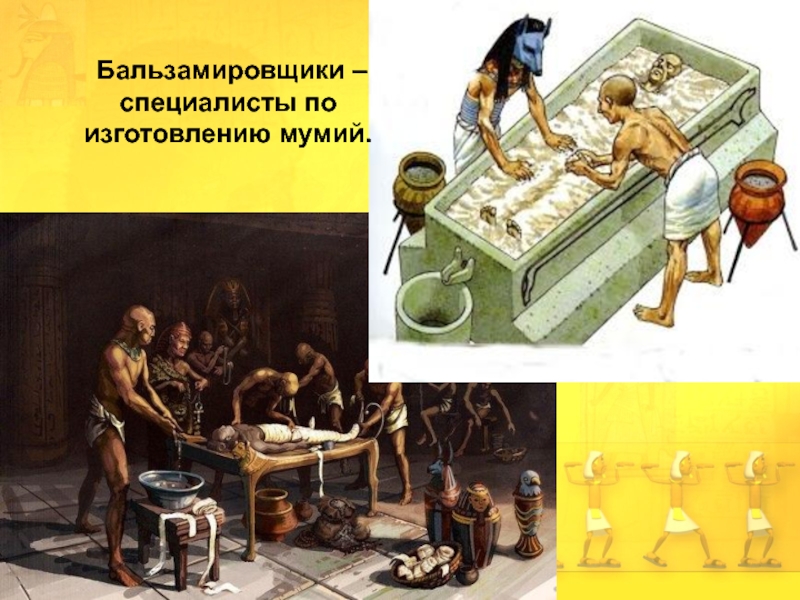Preserving Immortality: Unveiling the Ancient Techniques of Egyptian Mummification
The art of mummification, practiced by the ancient Egyptians, remains one of the most fascinating and enduring legacies of their civilization. Through a meticulous and sophisticated process, they achieved the preservation of the deceased, symbolizing the belief in the afterlife and the quest for immortality.

The secrets of Egyptian mummification have been unveiled through centuries of archaeological research and scientific analysis. The process began with the removal of internal organs, which were carefully embalmed and stored in canopic jars. The body was then cleansed and dried before being wrapped in linen bandages, accompanied by amulets, charms, and sacred texts.

The preservation of the body was essential to ensure the deceased’s journey to the afterlife. Various substances, such as natron and resin, were used to desiccate and protect the body from decay. The precise application of these materials, combined with the intricate wrapping techniques, created the iconic image of a mummy that has captivated imaginations for centuries.

The mummification process was not limited to pharaohs and nobility. It extended to individuals from different social strata, reflecting the widespread belief in the importance of preserving the body for the afterlife. Mummification was seen as a sacred duty, carried out by skilled embalmers who were considered guardians of the deceased’s eternal journey.
The study of mummified remains provides invaluable insights into ancient Egyptian culture, medicine, and religious beliefs. Scientific advancements, such as DNA analysis and imaging technology, have allowed researchers to delve deeper into the lives and identities of the mummified individuals, unraveling familial connections and ancestral lineages.

The art of Egyptian mummification continues to captivate and inspire awe, reminding us of the human desire to transcend mortality and leave a lasting legacy. It stands as a testament to the ingenuity and reverence of the ancient Egyptians, who sought to preserve not only their physical bodies but also their eternal essence.

As we explore the ancient techniques of mummification, we gain a deeper appreciation for the intricate rituals and beliefs that shaped the lives of the Egyptians. It serves as a reminder of the cultural diversity and complexity of our shared human history and invites us to reflect on the enduring quest for immortality that transcends time and borders.